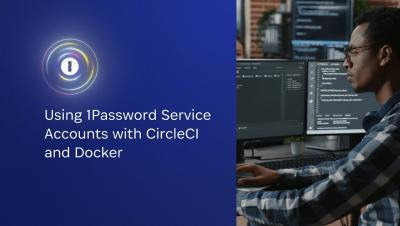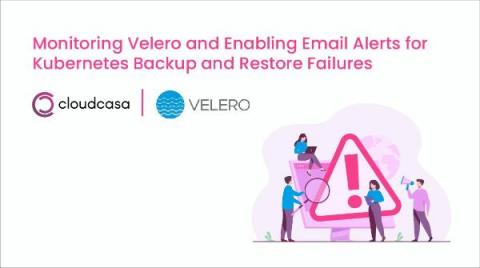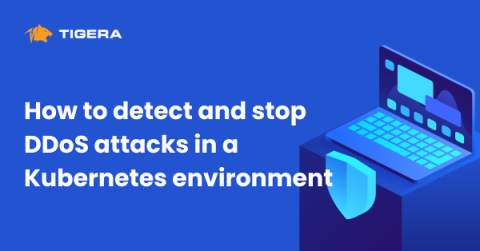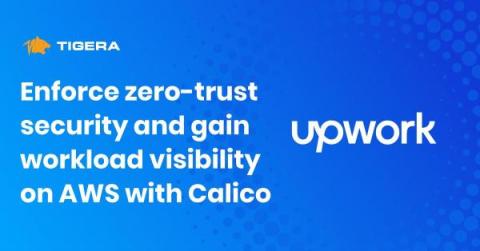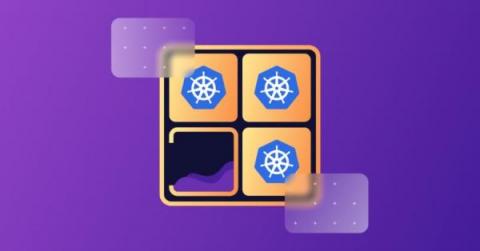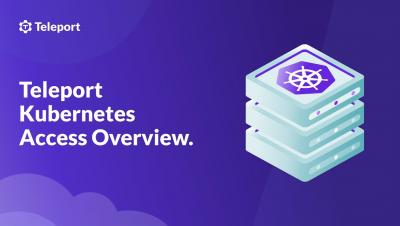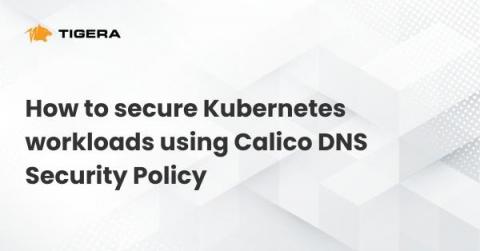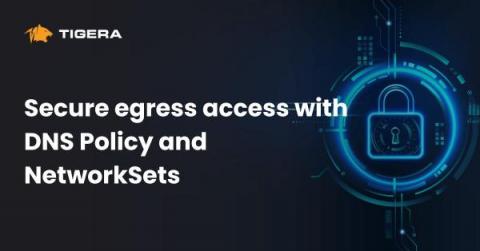Security | Threat Detection | Cyberattacks | DevSecOps | Compliance
Containers
Monitoring Velero and Enabling Email Alerts for Kubernetes Backup and Restore Failures
Open source Velero is a popular choice amongst Kubernetes community for backup of their application. Along with scheduling regular backups for your Kubernetes clusters, monitoring Velero and getting automated alerts for failed Velero backups is also important. When your most important backup fails, you want to know about it immediately and make sure your application notifies you.
How to detect and stop DDoS attacks in a Kubernetes environment
DDoS or Distributed Denial of Service attacks have been around for a while and are notorious and painful to deal with (as with any other attack). As the name suggests, a DDoS attack causes an application or service to become unavailable to users due to resources exceeding it’s capacity and causing the app to either crash or become unresponsive. DDoS is a form of DoS where the attack comes from multiple sources (bots), usually spread across geographical locations.
Case study: Calico helps Upwork migrate legacy system to Kubernetes on AWS and enforce zero-trust security
Upwork is a freelancing platform that connects a global base of clients to freelancers via job postings. Since going public on the New York Stock Exchange in 2019, the company has become one of the leading freelance platforms worldwide and was named on Time’s list of the 100 Most Influential Companies of 2022.
Understanding Kubernetes Pod Security Standards
Kubernetes “crossed the adoption chasm” in 2021 after 5.6 million developers used it to orchestrate their containers, according to the Cloud Native Computing Federation (CNCF). The annual CNCF survey recorded that an impressive 96% of organizations were either contemplating or outright using Kubernetes. However, Kubernetes becomes more appealing to hackers and malefactors as it becomes more popular.
Teleport Kubernetes Access Overview
Guarding the Guardrails - Introducing Regal the Rego linter
Two years ago, I explored the idea of linting Rego with Rego on this blog, and how we could use the abstract syntax tree (AST) representation of a Rego policy as JSON input data, allowing us to write a “linter” for Rego using Rego itself. Open Policy Agent (OPA) is well-established for use cases like application authorization, cloud infrastructure and Kubernetes admission control, where we normally talk about policy as guardrails. But who’s guarding the guardrails?
How to secure Kubernetes workloads using Calico DNS Security Policy
In my previous blog on Kubernetes security foundations, we discussed the growing adoption of cloud-native applications and the security challenges they present. We highlighted the limitations of traditional network firewalls in securing these applications and emphasized the importance of implementing cloud-native security policies to protect network traffic effectively.
Secure egress access with DNS Policy and NetworkSets
One of the common concerns about migrating applications to Kubernetes is the control over the network traffic egressing your environment. Due to its highly dynamic architecture, Kubernetes will not tie a specific IP address to an application by default. Instead, it will lease a different IP address from an IP pool whenever the application restarts.
Case study: Calico enables HanseMerkur to reduce infrastructure overhead and achieve ISO 27001 compliance
Established in 1875, HanseMerkur is one of the oldest private health insurance companies in Germany, with customers across Europe. The company ran multi-tenant clusters on premises with Kubespray, with around 150 internal software developers as users. As the company must handle personal information and confidential data, it adheres to ISO 27001, the German equivalent of SOC 2, as per industry standards.


